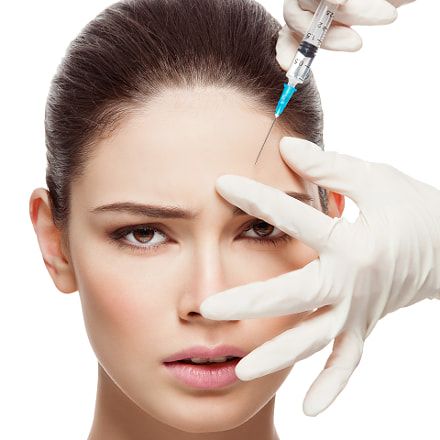PRP Treatment For Skin In Islamabad

Platelet-Rich Plasma (PRP) treatment is a cosmetic procedure that uses a patient's own blood to rejuvenate the skin. It has gained popularity for its potential to improve skin texture, tone, and overall appearance. The process involves the following steps:
Also Read Benefits Of Hydrafacial In Islamabad
Blood Collection: A small amount of blood is drawn from the patient, similar to a standard blood test.
Centrifugation: The drawn blood is then spun in a centrifuge machine to separate the components. This process isolates the platelet-rich plasma from the rest of the blood.
Preparation and Application: The concentrated plasma, rich in growth factors and platelets, is collected for application. Sometimes, it might be combined with other treatments or used alone. The high concentration of platelets in the plasma helps in tissue repair and regeneration.
Treatment Application: The PRP is either injected directly into the skin or applied topically after certain skin treatments, such as microneedling. Microneedling creates micro-injuries in the skin, and PRP is applied to facilitate the healing process.
PRP treatment is used for various skin concerns, including:
Wrinkles and Fine Lines: PRP can help stimulate collagen and elastin production, which may reduce the appearance of wrinkles and fine lines.
Acne Scarring: It has shown potential in improving the appearance of acne scars by promoting tissue repair.
Uneven Skin Tone: PRP might help with pigmentation issues, leading to a more even skin tone.
Skin Texture Improvement: The treatment may enhance overall skin texture and quality.
Hair Loss: PRP is also used in treating hair loss by stimulating hair follicles for regrowth.
It's important to note that while PRP has shown promising results, the outcomes can vary from person to person. Multiple sessions may be necessary to achieve the desired results, and the effects may not be permanent, requiring maintenance treatments.
Before considering PRP treatment, it's crucial to consult with a qualified dermatologist or a healthcare professional who can evaluate whether it's a suitable option for your skin concerns and medical history. They can also provide information about the potential risks, benefits, and expected outcomes based on your individual situation.